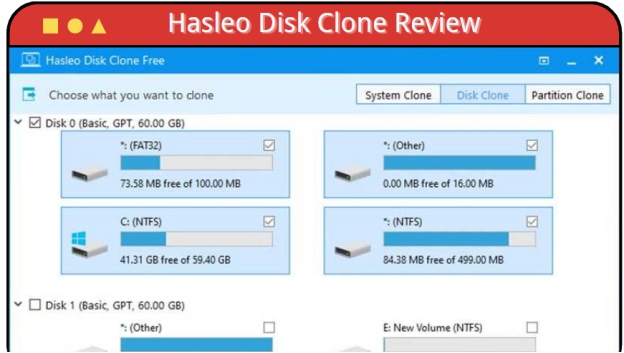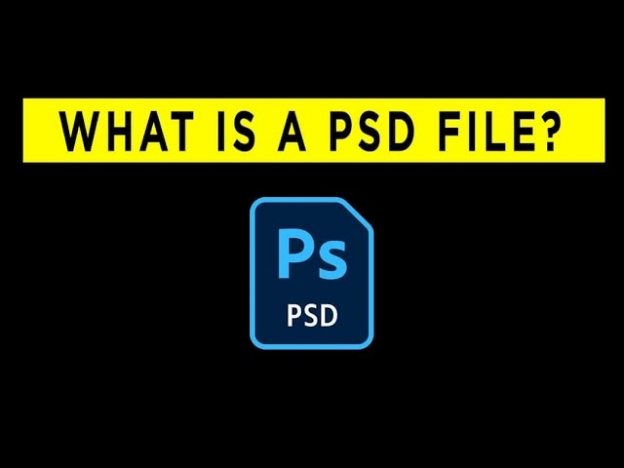What Is 1080p Resolution and All You Should Know
Lost your important 1080p videos? Don’t worry!4DDiG Data Recoverycan help you recover lost files, including 1080p videos, from various storage devices. Learn how to use this powerful tool to bring your memories back to life.
Have you ever been curious about the crisp, clear visuals on your favorite TV shows or video games? Actually there is a technology behind it which is called 1080p resolution . This technology is also known as Full HD. 1080p is a standard for high-definition video that offers a significant improvement over standard definition. But what exactly does 1080p mean, and why is it so popular? In this guide, we will learn all about 1080p resolution, exploring its benefits, limitations, and how to recover lost 1080p files. So let’s get started!
- Part 1: What Is 1080p Resolution?
- Part 2: How to Recover Lost 1080p Resolution Videos? HOT
- Part 3: Which is better, 4K or 1080p?
- Part 4: Frequently Asked Questions
- Final Words
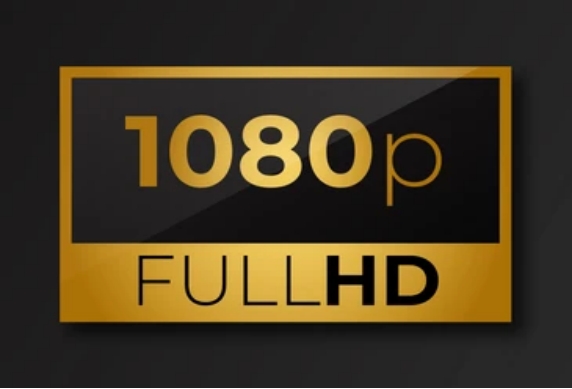
Part 1: What Is 1080p Resolution?
1080p , often referred to as Full HD or FHD , is a high-definition video format that has become a standard for many screens. It represents a resolution of 1920 pixels horizontally and 1080 pixels vertically, resulting in a total of 2.07 million pixels.
While newer technologies like 4K and 8K offer even higher resolutions, 1080p remains a popular choice for many users due to its balance of image quality and affordability.
1080p has several advantages that have contributed to its widespread adoption:
- Improved Image Quality: 1080p offers significantly better image quality compared to SD formats. It provides more detail, sharper edges, and richer colors.
- Wide Availability: 1080p content is widely available on various platforms, including streaming services, Blu-ray discs, and cable TV.
- Affordable Displays: 1080p displays, such as TVs and computer monitors, are readily available and relatively affordable.
- Versatile Usage: 1080p is suitable for a wide range of applications, including gaming, movie watching, and general computing.
Part 2: How to Recover Lost 1080p Resolution Videos?
Losing your high-quality 1080p videos can be heartbreaking, whether it's your kid's first steps or that perfect vacation sunset. That's where 4DDiG Data Recovery steps in to save your precious memories.
What makes 4DDiG stand out is its specialized AI-powered video recovery technology. Unlike basic recovery tools that often corrupt video quality, 4DDiG maintains your 1080p resolution during recovery. You'll get back those crystal-clear videos just as you recorded them.
Many users love how 4DDiG lets them preview videos before recovery. The tool works with practically any device from your computer and SD cards to professional cameras.
- Works with all storage devices
- 98% recovery success rate
- Most recoveries take just 5 minutes
- Preserves original 1080p quality
- Preview before recovery
- AI-powered scanning technology
Secure Download
Secure Download

"By using 4DDiG I got my entire wedding video collection back after a hard drive crash; everything in perfect 1080p quality!"
- Sarah, New York
Here is how you can Recover Lost Videos with 4DDiG:
-
Download and Install 4DDiG
Visit the official 4DDiG website, download the software, and install it. Make sure to install it on a different drive than where your lost videos were stored to avoid overwriting the missing files.
-
Select the Video Location
Launch 4DDiG and choose the drive or location where your videos were lost (for example, your hard drive , memory card, or external USB). After selecting the location, choose " Video " as the specific file type, then hit the " Scan " button to start searching.
-
Preview and Recover Videos
After the scan finishes, 4DDiG will display all recoverable videos. You can preview the video files before recovery. Select the videos you want to recover, click " Recover ," and save them to a different storage location to prevent data overwriting.

People Also Read:
Part 3: Which is better, 4K or 1080p?
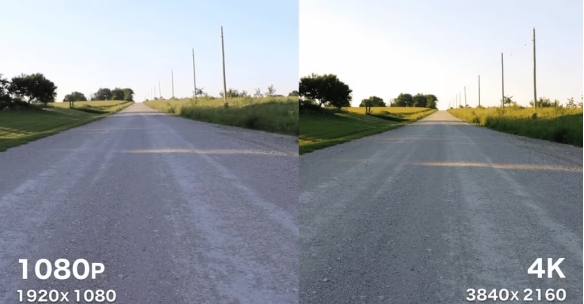
When comparing 4K and 1080p resolutions, it comes down to how you plan to use the display and what you value most image quality, price, or practicality. Both offer their own advantages depending on the context.
The main difference lies in the pixel count. 1080p, also known as Full HD (FHD), features 1920 x 1080 pixels, totaling about 2 million pixels. This was the industry standard for years and remains a solid option for many users.
On the other hand, 4K, or Ultra High Definition (UHD), has a much higher resolution of 3840 x 2160, with over 8 million pixels. This gives 4K the clear advantage when it comes to sharper images, richer colors, and better details, particularly on larger screens.
- Image Quality: If you’re after the best picture quality, especially for things like gaming, movie-watching, or professional work like video editing, 4K offers a more immersive experience. The higher pixel count allows for finer details, crisper texts, and smoother overall visuals, especially noticeable on bigger screens.
- Price: However, 1080p screens are more affordable and consume less data when streaming or less power when gaming. For those who are budget-conscious, 1080p may be more than enough, especially if you aren’t dealing with ultra-large screens.
- Usage: Everyday users who mostly watch streaming content, browse the web, or work on documents might find 1080p perfectly sufficient. On the other hand, gamers, movie buffs, or tech enthusiasts who want a more premium experience will likely lean toward 4K. Many streaming platforms now support 4K, making the upgrade more tempting.
Here’s a quick comparison between 1080p and 4K:
- Feature
- 1080p
- 4K
- Resolution
- 1920 x 1080 pixels
- 3840 x 2160 pixels
- Pixel Count
- Approximately 2 million pixels
- Approximately 8 million pixels
- Image Quality
- High-definition, sharp images
- Ultra-high-definition, incredibly detailed images
- Content Availability
- Widely available, especially for older content
- Increasingly available, but newer content is often optimized for 4K
- Cost
- More affordable
- More expensive
Part 4: Frequently Asked Questions
Q 1: Is 1080p Resolution High Quality?
Ans: Yes, 1080p offers excellent video quality for most everyday viewing. You'll get sharp, clear images that look great on TVs up to 50 inches. While it's not the highest resolution available today, 1080p remains a solid choice for streaming and gaming.
Q 2: What are the cons of 1080p Resolution?
Ans: The main drawback is that 1080p can look slightly pixelated on very large screens. You might notice some blur during fast-moving scenes in sports or action movies. Storage space for 1080p videos is also larger compared to lower resolutions.
Q 3: What is the best resolution for a TV?
Ans: For most living rooms, 4K (3840 x 2160) gives you the best balance of picture quality and price. Your viewing distance matters - if you sit 6-8 feet from a 55-inch TV, 4K makes a real difference over 1080p.
Final Words
Understanding 1080p resolution helps you make smart choices about your videos and displays. While 1080p offers great quality for everyday viewing, losing these high-resolution videos can be frustrating. That's why we recommend 4DDiG Data Recovery ; it's a reliable solution that quickly recovers your lost 1080p videos with just a few clicks. Give it a try to protect your precious memories today.
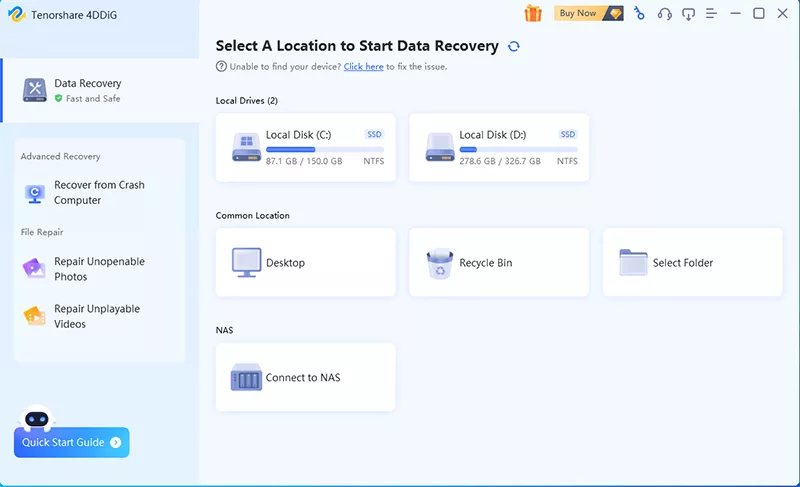
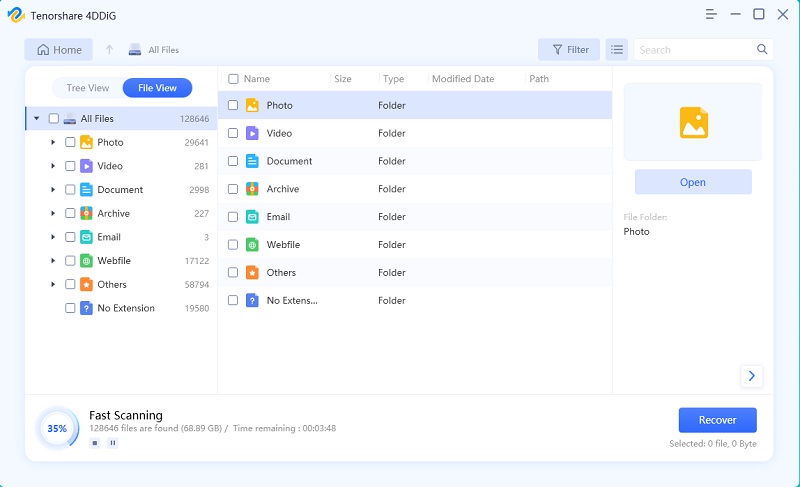
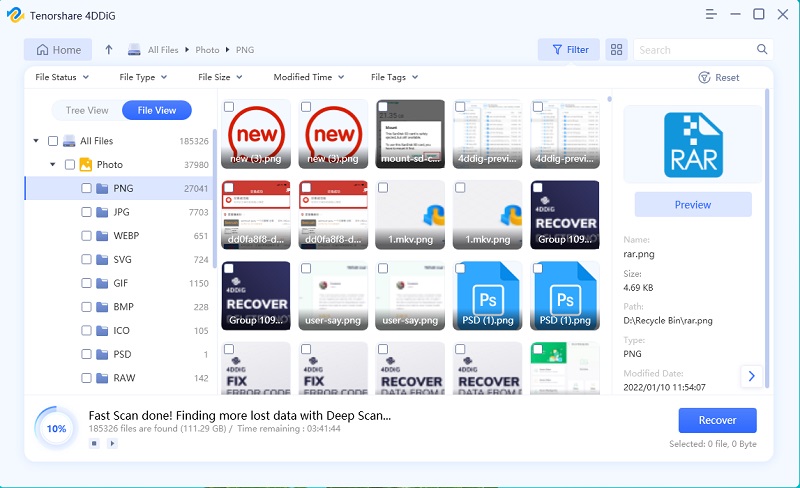

 ChatGPT
ChatGPT
 Perplexity
Perplexity
 Google AI Mode
Google AI Mode
 Grok
Grok

